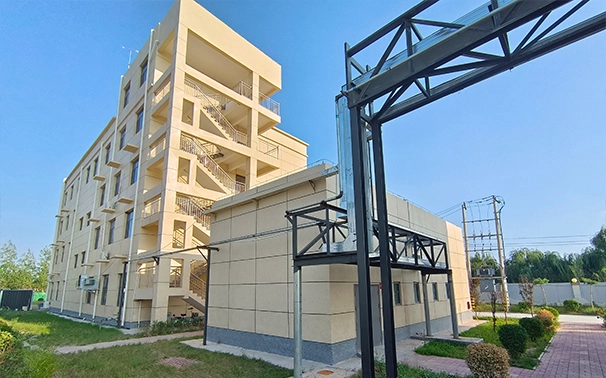different types of flocculants
Different Types of Flocculants
Flocculants are chemical agents used in various industries to enhance the aggregation of particles in suspension, facilitating the process of sedimentation or separation. They play a crucial role in water treatment, mining, and oil recovery, among other applications. Understanding the different types of flocculants is essential for optimizing their effectiveness in specific processes.
1. Organic Flocculants Organic flocculants are derived from natural sources or synthesized from organic compounds. Common examples include polyethyleneimine, polyacrylamides, and natural materials like starch or guar gum. These flocculants are versatile and can be tailored to suit various conditions, such as pH and temperature. Polyacrylamides, in particular, are famous for their effectiveness in drinking water and wastewater treatment due to their excellent settling properties and ability to form dense flocs.
2. Inorganic Flocculants Inorganic flocculants are typically metal salts, such as aluminum sulfate (alum), ferric chloride, and lime. These chemicals work by neutralizing the charges on the particles in suspension, allowing them to clump together and settle more easily. Inorganic flocculants are often used in municipal water treatment facilities and for industrial processes. Their rapid reaction and effectiveness make them popular choices, despite concerns about potential residual contamination.
different types of flocculants

3. Biopolymer Flocculants Biopolymer flocculants are plant- or microbial-derived substances that offer a more environmentally friendly alternative to synthetic chemicals. Examples include chitosan, which is derived from crustacean shells, and various polysaccharides. These flocculants are biodegradable and non-toxic, making them suitable for applications in food processing and treatment of sensitive ecosystems. Their flocculation performance can sometimes be less effective than synthetic options, but their environmental advantages are noteworthy.
4. Dual or Composite Flocculants These flocculants combine the properties of both organic and inorganic materials to optimize efficiency and performance. By integrating the effective qualities of both types, dual flocculants can provide enhanced settling rates and improved floc strength. They are particularly beneficial in complex wastewater treatment scenarios where various contaminants are present.
In conclusion, the selection of an appropriate flocculant depends on the specific application, desired outcomes, and environmental considerations. By understanding the different types of flocculants available, industries can improve their processes, enhance efficiency, and achieve better separation results while maintaining environmental integrity. As research continues to evolve, the development of new and innovative flocculants is likely to grow, further adapting to the needs of various sectors.
-
Water Treatment with Flocculant Water TreatmentNewsJun.12,2025
-
Polymaleic AnhydrideNewsJun.12,2025
-
Polyaspartic AcidNewsJun.12,2025
-
Enhance Industrial Processes with IsothiazolinonesNewsJun.12,2025
-
Enhance Industrial Processes with PBTCA SolutionsNewsJun.12,2025
-
Dodecyldimethylbenzylammonium Chloride SolutionsNewsJun.12,2025





